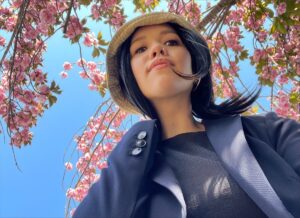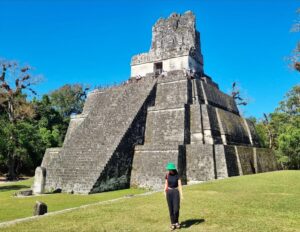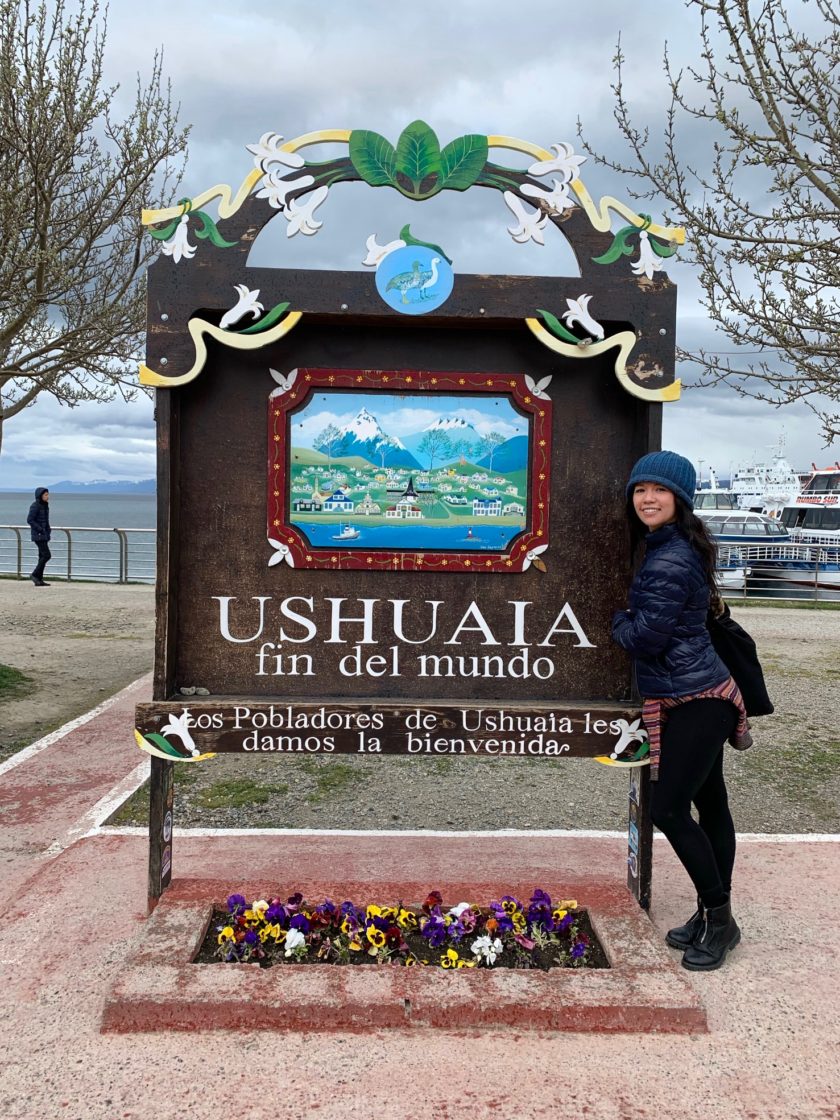
Ushuaia is the capital of the Tierra del Fuego province, an archipelago divided between Argentina and Chile, right at the bottom of South America. Since Ushuaia is located on the eastern side of the island it belongs to Argentina, and as you can probably guess, Chile controls the western regions of the island.
Before I visited Ushuaia, the only thing I knew was that it was one of the main gateways to Antarctica. I’d also read the city had adopted the slogan El Fin de Mundo which means the End of the World. Now, you can call me a sucker for marketing, but after reading that I was sold. I had to go.
After developing an affinity with the Arctic regions, even visiting Longyearbyen, which defines itself as the last stop before the North Pole, you could say it was only a matter of time before I would travel to the furtherest depths of the Southern Hemisphere. Okay, fine, Ushuaia isn’t the South Pole, but it’s not far off and people go entirely for the same reasons they go to the Arctic. The answer is: to experience nature at it rawest, most brutal, and even, most magical.
History of Ushuaia
Today, Ushuaia has a population of over 60,000 people and growing to cater for the tourism boom. However, things used to be very different until fairly recently. Less than fifty years ago the city was barely what you could even call a town. It had a population of just 5,000, but in the 1970s there was a government promotion aimed at developing the economy by expanding the port and manufacturing industry.
New jobs were created and people from around the country moved south to fill the positions. One of the main motivations for boasting the population of Ushuaia was said to be that the Argentine government feared possible land encroachment by Chile (the frenemy next-door).
Now you might be wondering what Ushuaia was like before the expansion?
This is where I think it gets really interesting.
It used to be a penal colony.
Taking advantage of Ushuaia’s distance and isolation, the Argentine government opened a prisoned in 1902 and many of the country’s worst criminals were sent to it.
During winter the harsh conditions of being at the end of the world, or as some people call it – the Siberia of Argentina – must have really exacerbated the punishment of prison life.
In prison there’s a constant fight with monotony, but the inmates weren’t always locked inside their cells. They laboured in constructing the town. This was paid work so prisoners could save a little money for their rehabilitation upon release, or send it to their relatives outside.
Rehabilitation was unlikely, however, since it’s reported that the prison was dominated by Machiavellian power dynamics that encouraged antisocial behaviour and made individuals less prepared for society than when they were removed from it.
Finally, in response to reports of abuse and inhumane living conditions, the prison closed in 1947, and the premises were handed over to the naval base. Inmates were sent to other prisons further north in Argentina under the order of President Juan Perón.
Theoretically, its closure wasn’t exactly true. By the late 1950s, dozens of political adversaries were still being incarcerated in Ushuaia under a clandestine operation known as the Conintes Plan led by President Arturo Frondizi, who was instated after a military coup overthrew Peron.
The Conintes Plan was a repressive regime that suspended civil liberties and attributed greater power to the Armed Forces to arbitrarily detain civilians by accusing them of terrorism.
Frondizi Presidency didn’t last long, he was also overthrown in 1961 by a coup, and soon after the last remaining political prisoners were also released.
Ushuaia today
In 1994 the old prison reopened as the Ex-Prison & Maritime Museum of Ushuaia and today it is one of the city’s main attractions. A lot of the original features have been maintained which gives you an eerily vivid impression of prison life. An impressive early 20th century edifice with a central hall from which five two-storey wings with cell blocks sprawl out from.
Today, Ushuaia has been transformed. While its remote location and bracing climate were seen as ideal traits for opening a prison – a place far away from the rest of society – it has now become a tourist destination for exactly the same reasons.
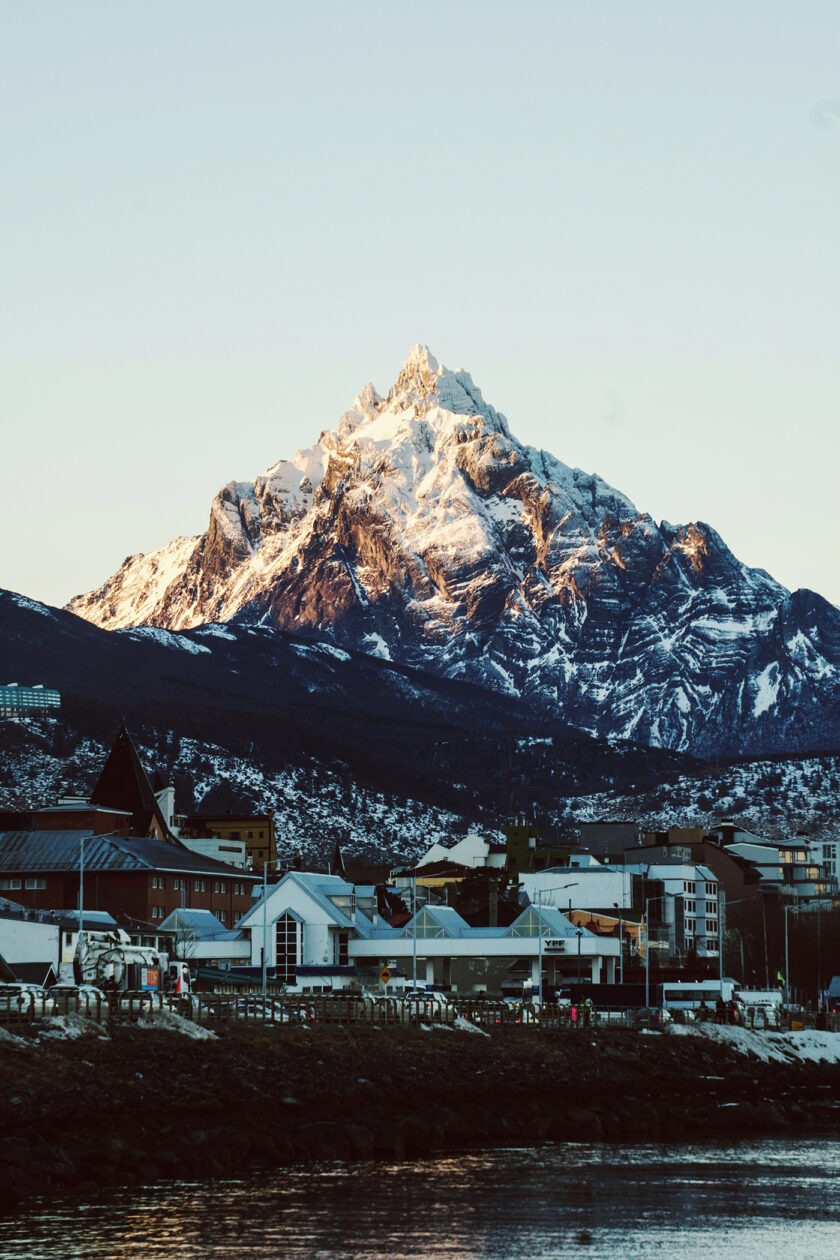
Want to read more about travelling to Ushuaia?
If you’re thinking of visiting (which you really should), check out my Ushuaia Travel Guide for unique things to do and see.
And from penal colony to penguin colony, discover where you can find these adorable creatures from Ushuaia: The Penguins of Martillo Island, Patagonia
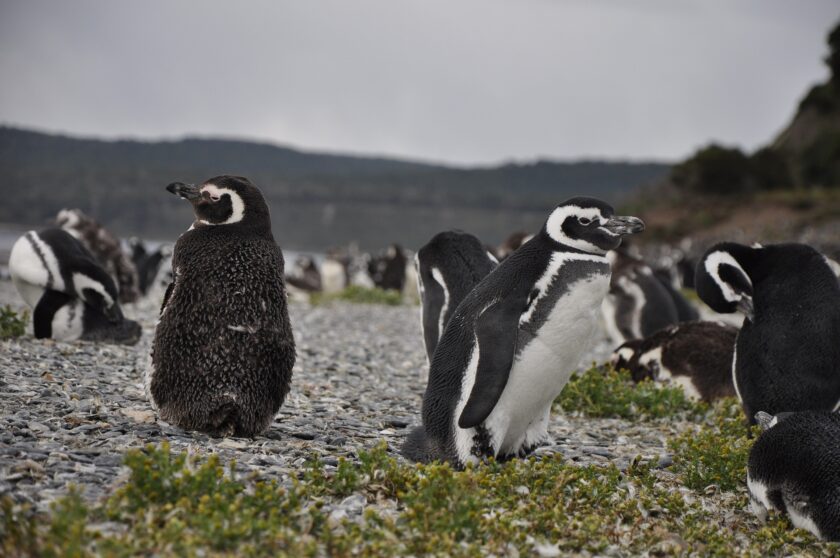
Where to stay in Ushuaia
Mid-range accommodation
My friend and I stayed at Pacífico Apartamentos and I couldn’t recommend it more highly! I think it’s very good value considering how clean, modern, spacious and cosy everything is in the apartment. It also has all the amenities you need to ensure a comfortable and relaxing stay in Ushuaia.
The location is great, just a short walk away from the city centre. The views from the balcony are lovely, and there’s also parking available if you have a hire car.
High-end accommodation
If you’re looking to indulge, Las Hayas Ushuaia Resort is the place for it. As well as having all the usual amenities, you’ll also have access to a swimming pool, outdoor hot tubs, sauna rooms and treatment facilities such as hammam and Turkish baths.
Located just outside the city on nature’s doorstep, you can enjoy stunning views across the bay and endless hiking opportunities from the site.



